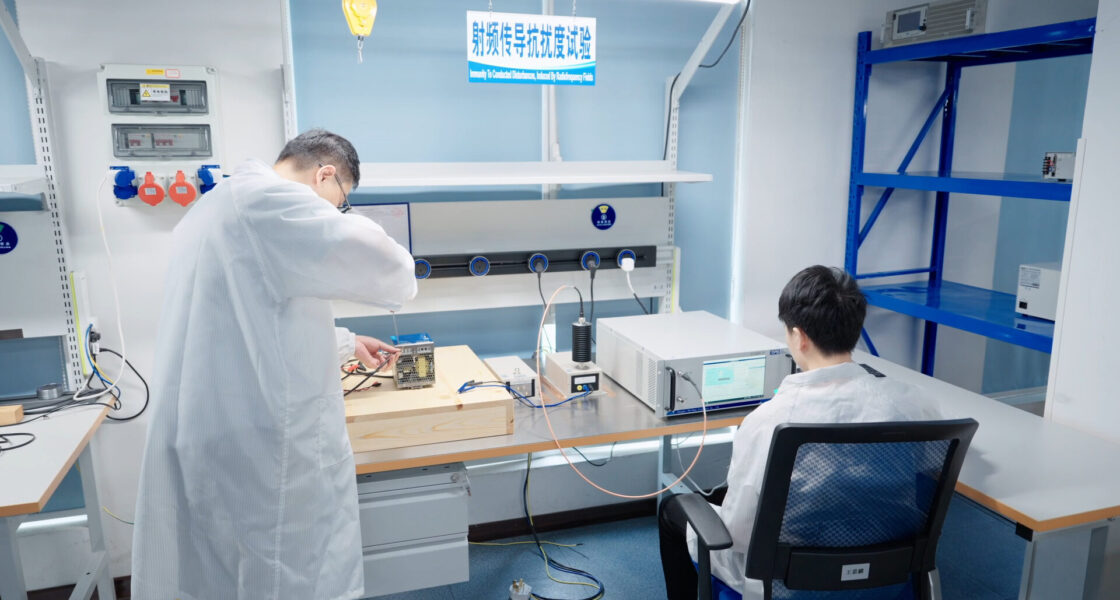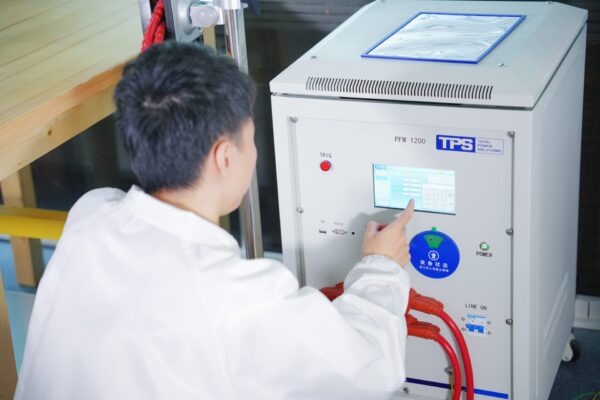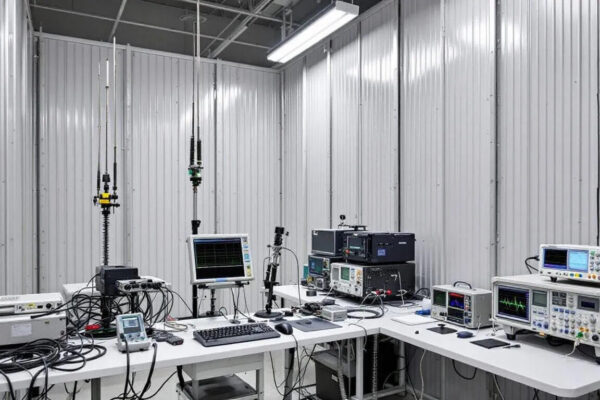With rising regulatory requirements and the growing complexity of electronic devices, the need for EMC testing and electrical safety testing is stronger than ever. From consumer electronics to industrial equipment, professional testing helps manufacturers demonstrate conformity, reduce risks, and bring robust products to market.
What Is EMC Testing?
Electromagnetic compatibility (EMC) evaluates whether a product can operate properly in its intended environment without causing or suffering from electromagnetic interference (EMI).
- Emissions testing: measures the electromagnetic energy a device emits.
- Immunity testing: assesses how well the device resists external electromagnetic disturbances.
Working with an accredited laboratory (e.g., ISO/IEC 17025) helps teams identify issues early, limit redesign loops, and support faster, smoother conformity assessment.
Typical EMC Test Services
Professional laboratories offer tailored EMC programs across development phases, for example:
- Pre-compliance scans and design-for-EMC guidance
- Full emissions and immunity test suites per the applicable product/family standard
- Test plans aligned to target markets and environments
- Documentation support (test reports, risk-based rationale, change logs)
These services help manufacturers prepare evidence for regulatory requirements (e.g., EU EMC Directive, FCC Part 15) and product-specific standards—without claiming certification beyond what authorities or notified/recognized bodies issue.
Electrical Safety Testing: A Parallel Priority
In addition to EMC, electrical safety is a core requirement for products that connect to a power source. Depending on the product category, applicable standards typically require checks such as:
- Protective earthing/continuity
- Dielectric strength (hipot) and insulation resistance
- Leakage current
- Over-temperature and accessible parts (touch temperature)
- Creepage and clearance verification (design assessment)
These measures help protect end users, reduce liability, and strengthen brand credibility.
Combining EMC and Safety for Market Access
From early feasibility to final validation, combining EMC and electrical safety activities into a coordinated plan helps teams:
- Surface issues earlier and reduce redesign costs
- Generate complete, traceable documentation for technical files
- Support time-to-market by minimizing late surprises
As regulations tighten and systems grow more complex, integrating EMC, EMI immunity, and electrical safety protocols remains essential for reliable, future-ready products.




